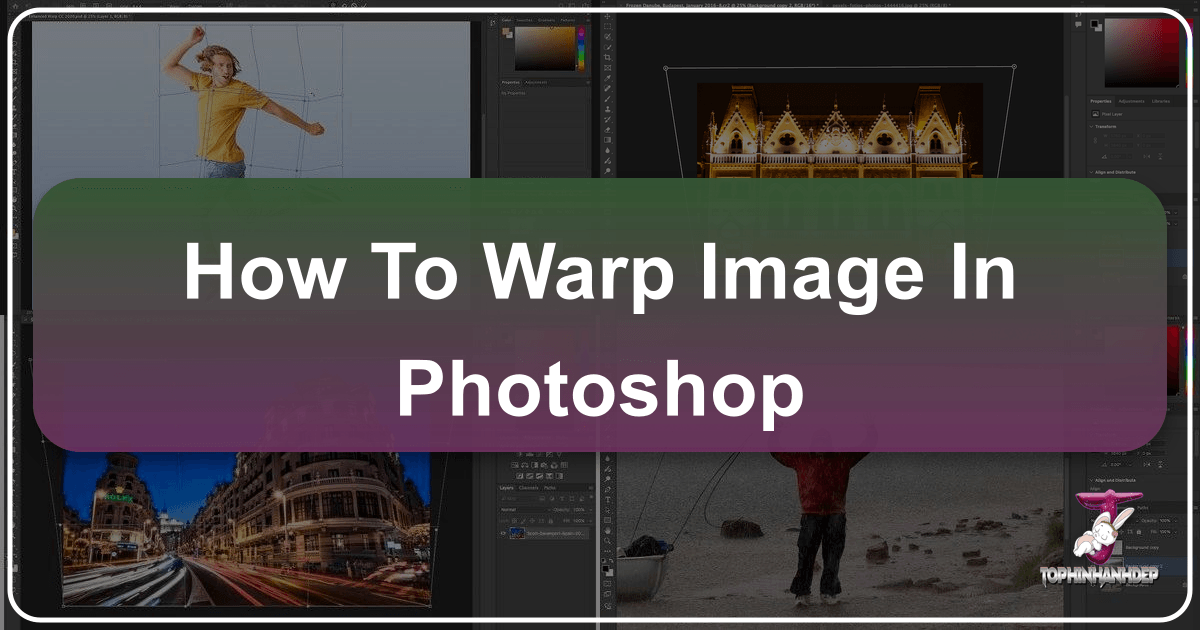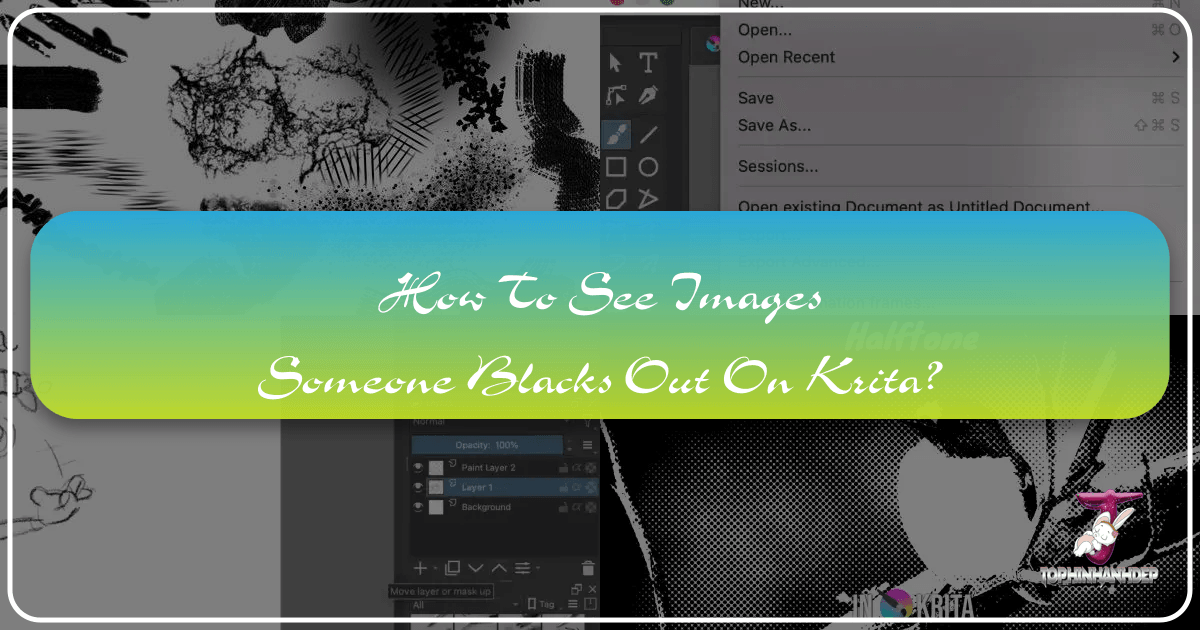Mastering Image Warping in Photoshop: The Ultimate Guide for Visual Creatives on Tophinhanhdep.com
In the dynamic world of digital imagery, the ability to precisely manipulate and reshape visual elements is paramount. For photographers, graphic designers, and digital artists alike, tools that offer meticulous control over an image’s form are indispensable. Among these, Photoshop’s Warp command stands out as a fundamental feature, continuously evolving to meet the sophisticated demands of modern visual design. On Tophinhanhdep.com, where we celebrate everything from stunning High Resolution Photography and Aesthetic Backgrounds to intricate Photo Manipulation and Creative Ideas, understanding the nuances of the Warp tool is key to unlocking limitless creative potential.





